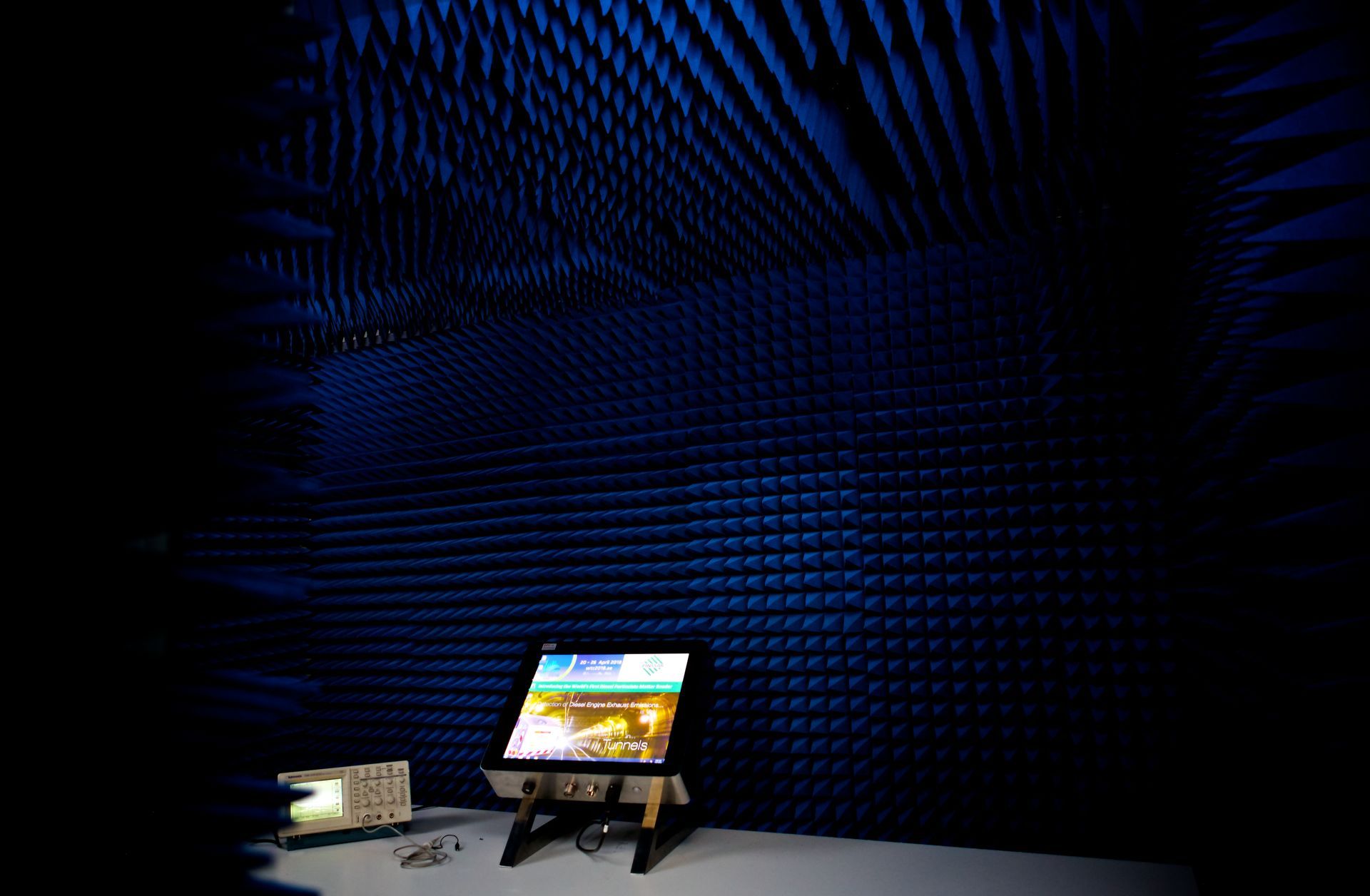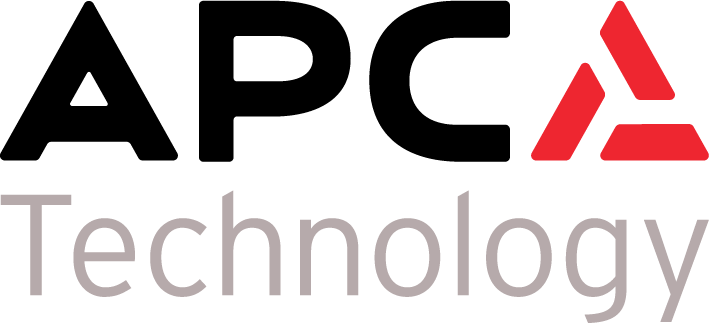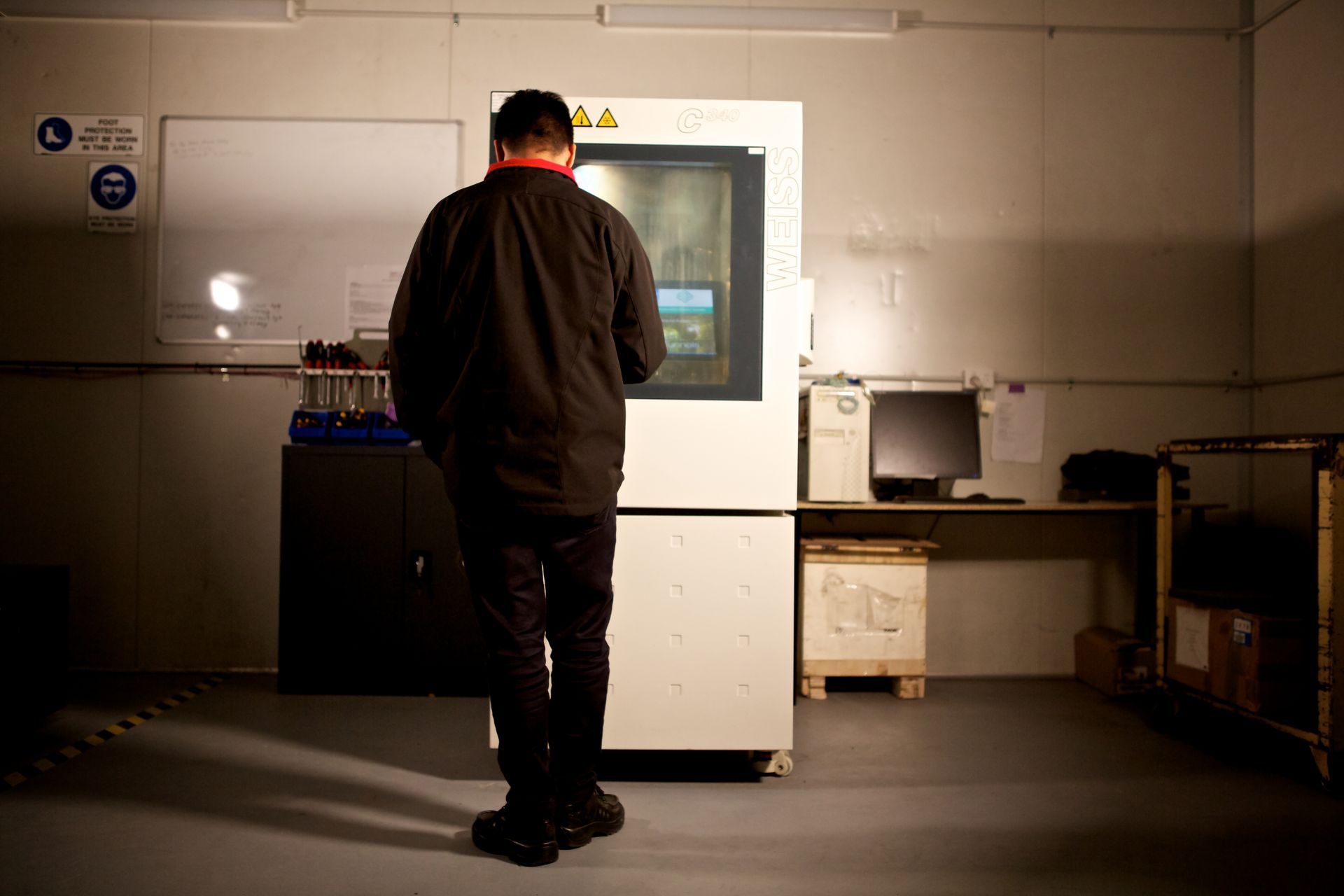In-house Environmental testing
We understand the importance of product verification testing. Continuous improvement is fundamental to on-going development and the growth of our knowledge base and our customers.
APC Technology’s environmental test facility artificially replicates the tough conditions which our products are designed for. APC’s Environmental Testing Centre of Excellence, which includes vibration, EMC and climatic testing capabilities.
Tests can be performed to commercial or military standards. Testing destined for any environment; from submarines in the depths of the oceans to mining vehicles in the heart of the dessert.
Our test capabilities include
- Shock and vibration up to 270Kg payload
- Temperature (-40’C to +180’C)
- Humidity (10% to 98% RH)
- EMC (pre-compliance) conducted and radiated emissions
- Consultation and generation of test methodologies, plans and reports
- Ingress Protection Testing COMING SOON
Climatic Chamber testing
The climatic testing is used to re-create environmental stresses in a controlled environment to assess the products reliability, quality, safety, and compatibility to function following exposure or during exposure to conceivable climatic conditions.
Vibration Testing
Through meticulous vibration tests, we forecast the resilience of your product against potential damage from vibrations. These tests, alongside other essential environmental assessments, play a pivotal role in assuring the reliability of your product throughout its journey from development to manufacturing and quality control. Trust us to safeguard your product's integrity every step of the way.
EMC testing
To mitigate potential test failures, we employ advanced techniques including filtering, shielding, and earthing/grounding throughout the design and testing phases. By addressing these critical aspects early on, we equip product designers and engineers with invaluable insights to enhance performance and ensure EMC compliance.
Our comprehensive suite of functional testing capabilities covers a spectrum of EMC requirements, including pre-compliance testing for radiated and conducted emissions, ESD, shielding effectiveness, and various compliance testing standards. With our expertise, your products are primed for success in today's demanding EMC landscape.
Ingress testing
Coming soon: In addition to our existing suite of testing services, including climatic, vibrational, and EMC testing, we will soon offer Ingress Protection (IP) testing. This comprehensive testing ensures that enclosures, both for products manufactured by us and those provided by other companies, offer robust protection against environmental elements. IP testing assesses ingress of solid foreign objects, water, and dust, conducted according to AS 60529 (IEC 60529) standards. Stay tuned for updates on this new testing service.
Contact us or call us on 08 8363 0400 and speak to a member of our sales team.
We have extensive experience and knowledge of numerous international standards, including:

Defence (Mil-Std, Def Stan)
Mil-Std; The Mil-Std rating is used by the US military to determine whether equipment can be used in military applications. While the standard of testing was created in the US, it is now a globally recognised method of testing.
Products that meet the specific ratings are said to be ‘military-grade’, which is a certification that a majority of APC Technology’s products are tested to. The qualification of equipment validates whether a device can function as required within the defence sector where durability and performance is a necessity.
Mil-Std addresses a broad range of environmental conditions including;
- Low pressure for altitude testing.
- Exposure to high and low temperatures.
- Temperature shock testing (both operating and in storage).
- Rain (including wind blown and freezing rain).
- Humidity testing.
- Fungus resistance.
- Salt fog for rust testing.
- Sand and dust exposure.
- Explosive atmosphere.
- Leakage.
- Acceleration.
- Shock and transport shock.
- Random vibration.
DEF STAN : Def Stan is a testing standard which encompasses an extensive range of environmental test methods. The robust DEF-STAN covers products and systems that are utilised in every facet of military and defence. As with MIL-STD, it can include;
- Vibration and shock.
- Acoustic noise.
- Climatic testing including temperature, humidity, sand and dust.
- Low and high altitude and pressure.
Our validation and verification testing capabilities for Def Stan and Mil-Std
APC Technology is equipped with the testing facilities & capabilities to perform Def Stan and Mil-Std on all product revisions.
We routinely complete prototype, testing, certification and design support for Australian and global customers. At our South Australian test facilities, we are equipped to handle def stan & Mil-Std specifications and help customers achieve their contractual requirements on time, peace of mind that it will meet the standards.
Def Stan and Mil-Std tests are performed by our engineers on a range of military and defence products, systems, and line replacement units for land, sea, and air domains. We can deliver a comprehensive approach to your production verification testing.

Aerospace (DO-160)
DO-160 refers to validation and verification of environmental conditions and testing procedures for airborne equipment. This is the international standard defining all environmental testing, and applicable test procedures for avionic equipment to determine product performance characteristics. In order to ensure that equipment will operate correctly when airborne, all manufacturers of aeronautic products must meet the requirements of the international standard.
The environments and procedures applied in DO-160 testing depends on the equipment item, the type of aircraft, its conditions of use as well as how equipment is installed in the aircraft. DO-160 testing procedures cover the following mechanical, climatic and physical-chemical environments;
- Temperature and altitude.
- Temperature variation.
- Humidity.
- Shock.
- Vibration.
- Explosion proofness.
- Water proofness.
- Fluids susceptibility.
- Sand and dust exposure.
- Fungus resistance.
- Salt and fog
- Icing.
- Flammability.

Hazardous Location (IECEX, ATEX)
It is crucial for businesses to comprehend what constitutes hazardous locations for on-site operations or in the workplace notably to ensure employee safety. Globally recognised systems must be adhered to a location safe- these include the European Union’s ATEX certification and the international IECEx.
ATEX: ATEX stands for ‘ATmosphere EXplosibles’. It is a mandatory validation and verification certification for all industrial products to be sold across Europe. It mandates the type of equipment and work conditions allowed in extreme environments. The directive outlines the health and safety requirements that all explosion proof equipment have to meet to be traded in Europe.
IECEx: Refers to the International Electrotechnical Commission System for Certification to Standards Relating for Use in Explosive Atmospheres. ‘Ex’ stands for ‘explosive environments’, whereas the ‘IEC’ is the leading global organisation that prepares all International Standards for ruggedised electrical and other related technologies.
The certification facilitates the international trade of equipment and services used in explosive and hazardous locations, whilst ensuring safety requirements are met.
The main differences between the two is the geographical location where the certification is recognised and accepted, with certifications being broken down into classification zones for;
- Hazardous gases.
- Vapours.
- Mists.
- Dusts.
Please note: There are additional certification bodies around the globe. IECEx and ATEX are the most commonly recognised and accepted.

Rail (EN)
When installing electronic equipment on a train, it must meet specific requirements for environmental, shock, vibration, power supply, EMC, power surge, ESD and transient elements. For safe use, systems must be trustworthy and able to withstand greater strain than a regular embedded computer system, especially if it is used in telematics applications or vehicle engine control.
Standards such as EN50155, EN45545 and E-Mark certified can test systems on rolling stock to see if they are worthy to operate 24/7 for 30 years or approx. (250,000 hours), without failure. Such standards ensure that any train control system must be designed to withstand the toughest external conditions and that equipment does not interfere with each other when mounted in close proximity.
E-Mark – According to the Economic Commission for Europe (ECE), the e-Mark proves a vehicle or vehicle component complies with the relevant EU/ECE regulations, can be sold in the EU, and sold in other regions with ECE vehicles regulations. This is an EU type approval and is mandatory for whole vehicles, automotive systems and components. Carriers and manufacturers of automobiles may freely exchange their products within the EEA (European Economic Area) by applying the e-Mark to a product.
EN 50155 – The European Standard refers to testing of all electronic equipment including semiconductor devices and recognised components for control, regulation, protection, diagnostic, energy supply for rail vehicles. To assure defined levels of operational safety, specific standards will be determined in accordance with relevant railway safety standards.
EN455450 – The Fire Protection Standard (Europe standard) ensures the safety of people and equipment in railway applications should a fire hazard related incident occur. It covers the following standards;
EN 45545-1: refers to the basic definitions and general rules on how to classify rail vehicles.
EN 45545-2 describes the material requirements for the different hazard levels (HL1, HL2 and HL3) including flammability, smoke emission and toxicity requirements for internal applications.
EN 45545-3: describes the fire resistance requirements for fire barriers of cables and cable protection conduits.

EMC (Electromagnetic Compatibility Testing)
Before a product becomes commercially available, it must be rigorously tested to meet safety requirements.
Electromagnetic Compatibility (EMC) means that all electronic and electromechanical devices and machines run in their intended environment besides each other without interfering. In other words: each device must not be interfered with by other devices and vice versa. EMC compliance is particularly essential for radio and wireless devices as well as those used in medical or automotive applications since failure is not an option.
Industrial products such as medical devices, ruggedised phones, and other electrical equipment must be verified. Our team will consider the EMC principles (filtering, earthing and shielding) in the early design stages of your product development cycle to help reduce the risk of non-compliance and costly re-design.
Applying Filtering, Shielding and Earthing/Grounding to Mitigate Test Failure
EMC testing is a method to test emissions and susceptibility of equipment. During the design phase, the most significant issues and failures discovered in EMC compliance testing can be avoided by providing product designers and engineers with useful data to improve product performance.
We can support the following functional testing capabilities;
- Pre-test capabilities.
- Wireless testing.
- EMC calibration and test reports.
- Radiated and conducted emissions.
- Radiated immunity.
- EMC RF emission.
- Electrostatic discharge (ESD).
- EMI/EMC shielding effectiveness.
- EMC pre-compliance testing.
- Lightning testing.

Mil-Std-461
Mil-Std-461 EMC testing is critical in defence qualification programs. Our South Australia test facilities can manage and meet the strict requirements of military standards, giving you certainty in your products. This validation and verification program ensures that you meet technical, contractual and operational requirements to give you confidence that the equipment can perform under a range of demanding environmental conditions.
Mil-Std-461 covers electromagnetic compatibility (EMC) characteristics of equipment and systems. This testing and verification is mostly used to follow the stringent requirements for products and equipment used in hazardous military environments.
Our testing services can help you provide thorough and time-effective defence validation, helping you perform Urgent Operational Requirement (UOR) testing within a short time frame.
Our testing covers:
- Radiated emissions – RE101, RE102, RE103.
- Conducted emissions – CE101, CE102, CE106.
Other services of interest: Sustainment

Contact us
See us in person
991 Port Road
Cheltenham, SA 5014
All Rights Reserved | APC Technology

